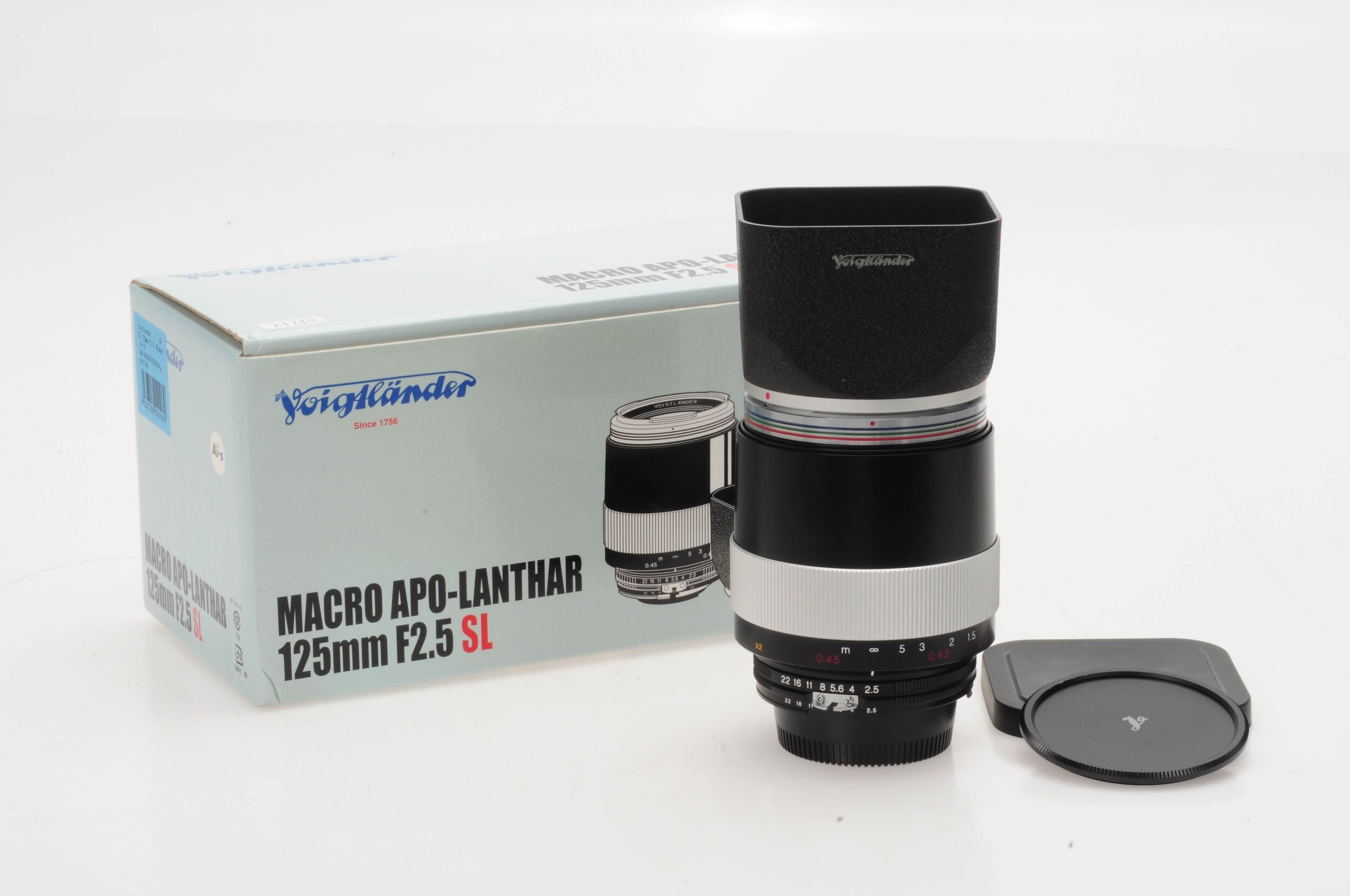
Your first thought reading the title might be “Finally what?” since there are only two computers that advertise Thunderbolt 4 ports, as far as I know.*
It isn’t the Thunderbolt 4 part that is the biggest deal – at least, not right now. In the future, when Thunderbolt 4 ports become mainstream on both Apple and Windows machines, then there will be some additional advantages to a dock like this. But we’ll get to that later…..
Some people scoff at the idea of handing over in excess of five Franklins for a “point and shoot” camera – “you can pay half the price and get the same result!” Honestly, that’s almost certainly true. Few of these cameras will allow you to do more than a camera that costs $175; some functions may be easier to use, but most of the difference is in the higher-quality construction, design, and general aesthetics/haptics. A lot of the premium pricing of these cameras is also based on brand name, marketing upon release that advertised these as the best-of-the-best, comparative availability, etc.
I wanted to try out the new Enhance feature of Camera Raw, but found myself unable to do so when I tried as I get this error: "Enhance requires a graphics card with Metal support."
I’ve shot Nikon as my primary system since I left Canon behind in 2012. I’ve owned and used cameras from, as far as I can tell, every current manufacturer save Phase One. Some stuck with me longer than others – I have pretty limited experience with Pentax DSLRs, for example. I’ve never been a brand loyalist in any sense; the idea of that is just silly no matter how you look at it….
The rumor mill is churning – as it does every day – with specifications of the upcoming Sigma Fp-L. The release of this successor model itself is almost certain, but these sensor specs are not. However, I wanted to talk a little bit about the sensor and its design and why it’s very exciting technology – and also how it’s based on a 30-year-old innovation…..
Again, I must apologize for the complete lack of content on here recently.
Focus and priorities have been split off in so many different directions - along with significant monetary issues - that I’ve done very little…..
Film has experienced a bit of a resurgence in the past five or so years. We’ve seen a proliferation of never-before-made film stocks and even some of the ones killed off have been brought back to life (Fujifilm Acros 100 – my favorite b&w stock). As a life-long avid shooter of film, from 35mm to 4x5, and experience with thousands of camera models, I thought I’d do a post on my own suggestions…….
The Nikon 35Ti (and, by extension, the 28Ti - depending on what focal length you want) has always been an extremely interesting and desirable camera for me. I’ve always wanted one premium compact point and shoot in my collection….
I realize posts have been sparse the last few months. There has been a lot going on in my personal life, and additionally I have been directing all my focus on writing and finishing several scripts.
I have a number of posts in the works - many at least half written - including a review of the Nikon Z 24-200mm f/4-6.3……
One of the longest running debates on the Internet is the use of filtration – specifically UV (ultraviolet) filters. Some see UV filters as instruments of protection (of their lens) without any real consequences; others see them as sacrilegious pieces of inferior glass that compromise image quality. So, let’s get into it a little bit because there are merits to both camps; though I feel like it is almost universally agreed that any filters that come in a camera or lens bundle should best be left unopened and away from your lenses.
I don’t (and won’t) normally post items for sale like this, but this one deserves a special mention.
The Voigtlander 125mm f/2.5 Macro APO-Lanthar SL (Nikon Mount) is one of the rarest and most elusive lenses out there – in fact, this is the first time I’ve seen one for sale in the United States.
Since we’ve covered the topic of what to look for when choosing tripod legs (along with some recommendations), we should logically cover the other half of that equation: a good tripod head. Choosing a head is quite a bit less complicated – you’ll know what kind you’re looking for and either they do the job or they don’t – but also somewhat frustrating because it’s practically impossible to gauge the actual quality until you use it yourself. It also depends on how strict your tolerances are; reading user reviews is probably the best way to narrow down potential purchases because sheer specs won’t tell you much.
Recently, it became official: the Nikon Z series cameras have almost entirely replaced my DSLR for in-studio work and portraiture. The D810 still lives for the outdoors – landscapes and wildlife in particular.
Having used the Z series for about 15 months now, the amazing haptics, seamless transition, and absolutely brilliant lenses clinched the deal. In fact, I consider the Z6 and Z7 two of the finest digital cameras (period) ever made and certainly near the top of the best MILCs. No one else has made a full-frame mirrorless camera with such an excellent design and seamless transition from the DSLR counterparts; not to mention the enormous lens library if you consider existing F-Mount lenses with the adapter. Canon succeeds on the latter front, but the EOS R was an underwhelming mess of design and features (I am very impressed with the 1DX Mark III, however, and the EOS R5 and R6 seem to have fixed the terrible ergonomics of the R).














